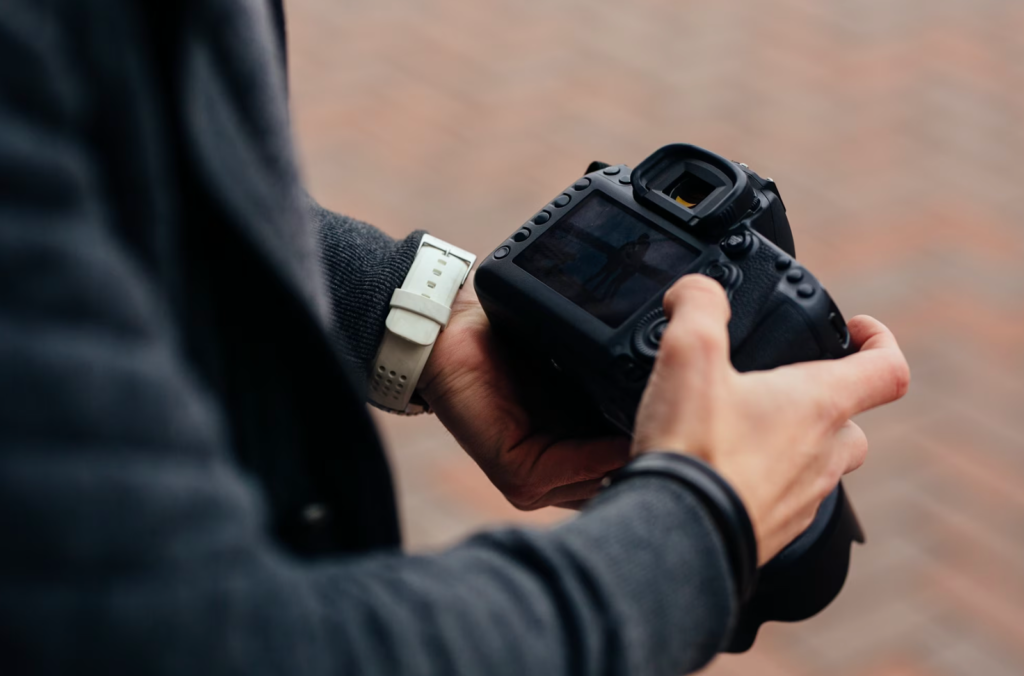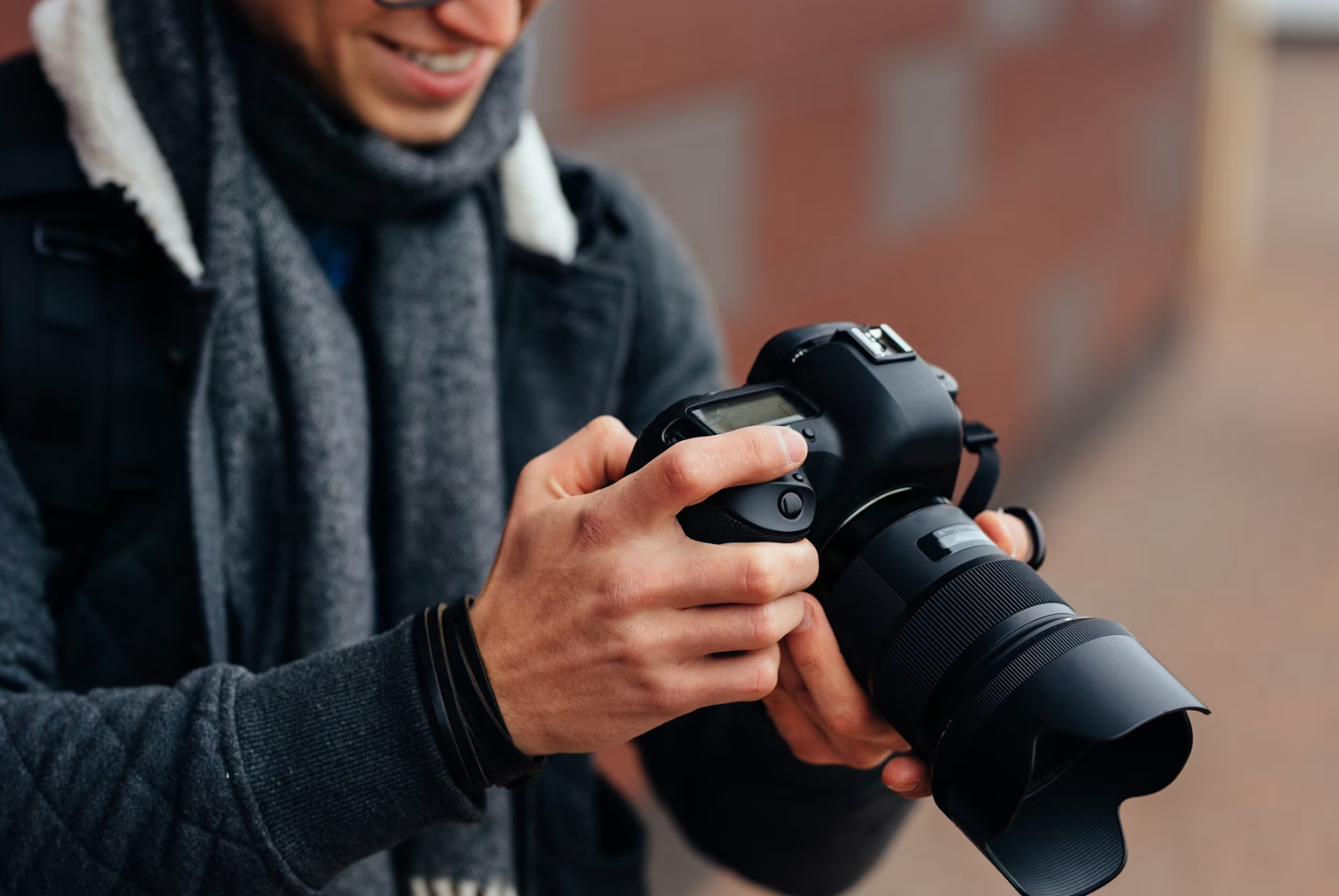Canon cameras are renowned for their exceptional imaging capabilities, catering to the needs of both amateur photographers and professionals alike. One critical aspect of Canon cameras that photographers and videographers often consider is the battery life. Understanding how long a Canon battery lasts and the factors influencing its performance can greatly enhance the shooting experience.
In this article, we will explore the factors affecting Canon battery life, expectations for different camera models, and provide valuable tips to maximize battery performance.
Factors Affecting Canon Battery Life
The battery life of a Canon camera is a crucial aspect that photographers and videographers consider when capturing their creative visions. Understanding the factors that affect Canon energy source life can help users optimize their shooting experience and ensure they have sufficient power for their needs.
Let’s explore the various factors that influence Canon battery life:
- Capacity and technology. Canon batteries are available in different capacities, typically denoted by milliampere-hour (mAh) ratings. In general, energy sources with higher capacities tend to last longer before requiring recharging. Furthermore, advancements in battery technology, such as the use of lithium-ion (Li-ion) batteries, offer improved performance and a longer overall lifespan compared to older unit types;
- Camera model and usage. Different Canon camera models have varying power demands. Entry-level cameras often have simpler features and consume less power, resulting in extended unit life. On the other hand, professional and flagship models with advanced functionalities, higher-resolution sensors, and faster image processing may require more energy to operate efficiently. Additionally, the frequency and duration of camera use directly impact power source life, with longer shooting sessions depleting the battery more quickly;
- Environmental conditions. Environmental temperature plays a significant role in energy module performance. High temperatures can accelerate battery discharge, causing the battery to drain more quickly. Conversely, extremely cold temperatures can temporarily reduce power module capacity, resulting in shorter battery life. It is essential to operate the camera within the recommended temperature range specified by Canon to ensure optimal battery performance;
- Shooting settings and features. The specific settings and features enabled on a Canon camera can significantly affect battery consumption. Continuous shooting, especially at high burst rates, can quickly drain the battery. Using live view mode, which requires the LCD screen to remain active, also increases power consumption. Additionally, enabling features such as image stabilization, built-in Wi-Fi, or GPS functionality consumes additional power. Adjusting these settings according to the shooting requirements can help conserve battery life and prolong shooting sessions;
- Age and maintenance. As energy modules age, their capacity to hold a charge effectively diminishes over time. Regular use and frequent charging cycles can contribute to power source degradation. It is crucial to maintain this unit in good condition by avoiding complete discharges, properly storing them when not in use, and periodically recalibrating them through complete discharge and recharge cycles. Following these practices can help maximize the lifespan and overall performance of Canon cameras.
The power module life of a Canon camera is influenced by several factors. By understanding these factors and implementing appropriate measures, photographers and videographers can optimize their Canon camera’s energy source performance and ensure they have sufficient power for their shooting needs. Being mindful of power module capacity, adjusting camera settings, considering environmental conditions, and practicing proper power supply maintenance will contribute to prolonged shooting sessions and uninterrupted creative exploration.

Canon Battery Life Expectations for Different Camera Models
When it comes to different Canon camera models, the battery life can vary based on their intended user and features. Understanding the battery life expectations for various camera models is important for photographers and videographers to plan their shoots accordingly.
Entry-level and Consumer-grade Cameras
For those who are just starting their photography journey or prefer a more casual shooting experience, entry-level Canon DSLRs like the EOS Rebel series offer a battery life typically ranging from 400 to 600 shots per charge.
These cameras are designed with simplicity in mind, providing good power source performance for everyday shooting scenarios. They strike a balance between functionality and affordability, making them an excellent choice for beginners or hobbyists.
Mid-range and Enthusiast Cameras
If you’re a photography enthusiast seeking more advanced features and increased power supply endurance, mid-range Canon cameras like the EOS 80D and EOS 6D Mark II deliver improved energy source’s life.
These cameras often provide approximately 800 to 1,200 shots per charge, allowing for extended shooting sessions without worrying about running out of power. With enhanced features and capabilities, these models cater to users who require more control over their photography experience.
Professional and Flagship Cameras
For professionals and those engaged in intensive shooting sessions, Canon’s professional-grade cameras offer extended battery life to meet their demands. Models such as the EOS 5D Mark IV and EOS-1D X Mark III provide remarkable battery performance, typically ranging from 1,200 to 1,800 shots per charge.
These cameras are built to withstand the rigors of professional use and offer exceptional image quality, advanced autofocus systems, and robust features. With their extended power supply life, professionals can focus on capturing the perfect shot without worrying about frequent energy source changes.
Battery life expectations vary across different Canon camera models, catering to the needs of users at various levels of photography expertise. By selecting a camera model that aligns with your shooting requirements, you can ensure that your Canon camera’s power source will support your creative vision throughout your photographic journey.
Maximizing Canon Battery Life
To make the most of your Canon camera’s battery life, it’s important to adopt strategies that optimize power consumption. By implementing some simple tips and adjusting camera settings, you can prolong the power source life and ensure you capture your creative moments without interruptions.
- Tips for conserving this item’s power during shoots:
- Dim the LCD brightness or use the viewfinder: By reducing the screen’s brightness or utilizing the viewfinder instead, you can minimize the power drain caused by the LCD display;
- Turn off unnecessary features: When not in use, disable power-hungry features like Wi-Fi, GPS, or image stabilization. These functionalities consume extra energy even when idle, so turning them off when not needed can significantly extend your battery life;
- Use manual focus: Continuous autofocus requires constant energy to keep adjusting focus. Using manual focus instead can reduce power source consumption and allow you to have more control over the focusing process;
- Minimize image review time: While it’s tempting to review your images immediately after capturing them, spending excessive time reviewing them on the LCD screen can drain the battery quickly. Limit the time spent reviewing images to conserve battery power for actual shooting.
- Optimizing camera settings for better power source performance:
- Reduce the screen-off timer: Adjusting the screen-off timer to a shorter duration can help minimize power consumption when the camera is idle. This ensures the screen doesn’t remain active unnecessarily, preserving battery life;
- Choose lower image resolution or shoot in RAW+JPEG selectively: Selecting a lower image resolution or shooting in RAW+JPEG only when necessary can help reduce the processing power required, ultimately conserving power supply life;
- Adjust auto power off settings: Configuring the camera’s auto power off settings to activate after a shorter duration of inactivity can conserve power during idle periods, preventing unnecessary battery drain.
- External battery options and accessories:
- Consider using external power source grips: They offer the advantage of accommodating multiple batteries simultaneously. By attaching a battery grip to your camera, you can extend your shooting time without the need to change batteries frequently;
- Portable power banks or AC adapters: For extended shoots or situations where access to charging is limited, portable power banks or AC adapters can serve as convenient external sources. These accessories allow you to charge your camera’s module on the go.
Maximizing your Canon camera’s battery life involves adopting techniques and making adjustments that optimize power consumption. By following simple tips such as lowering the LCD brightness, disabling unnecessary features, using manual focus, and minimizing image review time, you can conserve module power during shoots.
Conclusion
Understanding how long a Canon power module lasts and the factors that influence its lifespan is crucial for photographers and videographers. By implementing the tips and techniques discussed in this article, photographers can maximize their Canon battery life, capture their creative visions without interruptions, and enjoy a seamless shooting experience. Remember, a well-maintained power supply ensures that your focus remains on capturing remarkable moments and expressing your artistic vision.
FAQ
While third-party batteries may work, it is recommended to use genuine Canon power modules for optimal performance, compatibility, and safety.
With regular use and charging cycles, batteries gradually lose their capacity to hold a charge effectively, leading to reduced power module life.
Canon cameras typically display the battery level on the LCD screen or through a dedicated power supply level indicator.
Yes, enabling Wi-Fi or GPS functions consumes more power. It is advisable to turn them off when not in use to conserve power module life.
